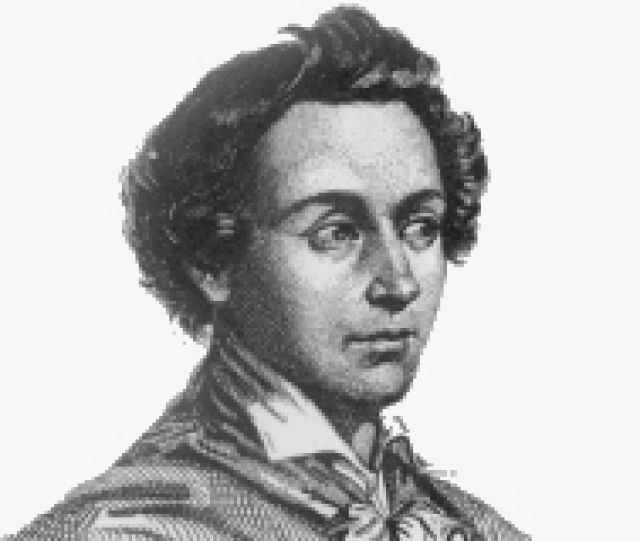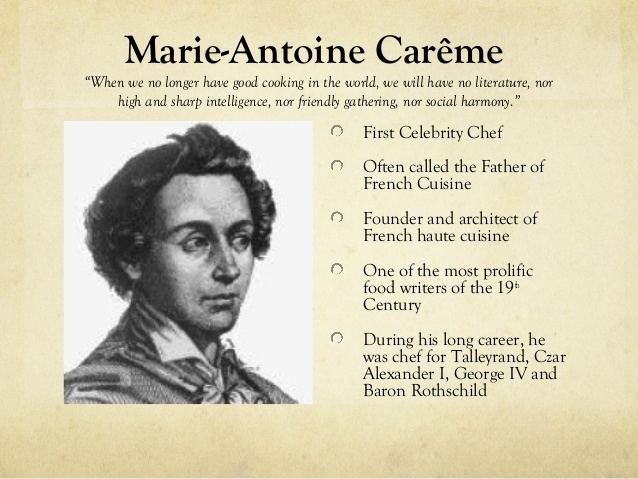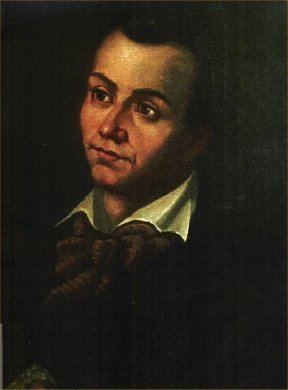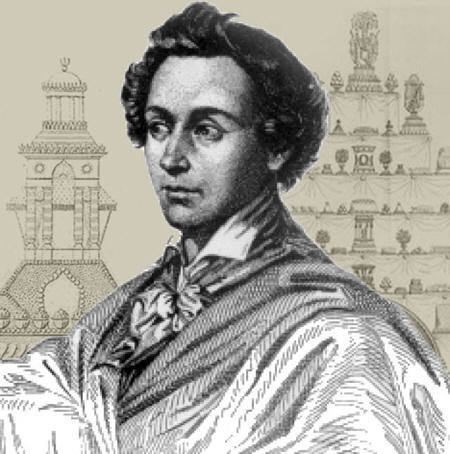Nationality French Name Marie-Antoine Careme Honors Chef extraordinaire | Occupation Chef Other names Marie-Antonin Careme Role Cook | |
 | ||
Known for Le Roi des Chefs et le Chef des Rois("the King of Chefs, and the Chef of Kings") Notable work L\'Art de la cuisine francaise au dix-neuvieme siecle. Traite elementaire et pratique. Died January 12, 1833, Paris, France Similar People Auguste Escoffier, Charles Maurice de Talleyrand‑Perigord, Marie Antoinette, Gioachino Rossini, Louis XVI of France | ||
The oxford companion reveals all marie antoine careme
Marie Antoine (Antonin) Carême ([maʁi ɑ̃twan kaʁɛm]; 8 June 1784 – 12 January 1833) was a French chef and an early practitioner and exponent of the elaborate style of cooking known as grande cuisine, the "high art" of French cooking: a grandiose style of cookery favoured by both international royalty and by the newly rich of Paris. Carême is often considered one of the first internationally renowned celebrity chefs.
Contents
- The oxford companion reveals all marie antoine careme
- Marie Antoine Carme Despierta Bogot Oct 9 2018 Canal Capital
- Biography
- Influence
- Works by Carme
- References

Marie Antoine Carême Despierta Bogotá Oct 9-2018 Canal Capital
Biography
Abandoned by his parents in Paris in 1794 at the height of the French Revolution, he worked as a kitchen boy at a cheap Parisian chophouse in exchange for room and board. In 1798, he was formally apprenticed to Sylvain Bailly, a famous pâtissier with a shop near the Palais-Royal. The post-revolutionary Palais-Royal was a high profile, fashionable neighborhood filled with vibrant life and bustling crowds. Bailly recognized his talent and ambition. By the time he was prepared to leave Bailly, he could stipulate that he should be free to leave his new employer when a better offer came along. Carême opened his own shop, the Pâtisserie de la rue de la Paix, which he maintained until 1813.

Carême gained fame in Paris for his pièces montées, elaborate constructions used as centerpieces, which Bailly had displayed in the pâtisserie window. He made these confections, which were sometimes several feet high, entirely out of foodstuffs such as sugar, marzipan, and pastry. He modeled them on temples, pyramids, and ancient ruins, taking ideas from architectural history books which he studied at the nearby Bibliothèque Nationale, thanks to the enlightened attitude of his first employer Bailly. He is credited with the inventions of gros nougats and grosses meringues, croquantes, made of almonds and honey, and solilemmes.

He did freelance work creating pieces principally for the French diplomat and gourmand Charles Maurice de Talleyrand-Périgord, but also other members of Parisian high society, including Napoleon. While working on his confections at many private kitchens, he quickly extended his culinary skills to main courses.

Napoleon was famously indifferent to food, but he understood the importance of social relations in the world of diplomacy. In 1804, he gave money to Talleyrand to purchase Château de Valençay, a large estate outside Paris. The château was intended to act as a kind of diplomatic gathering place. When Talleyrand moved there, he took Carême with him.

Carême was set a test by Talleyrand: to create a whole year’s worth of menus, without repetition, and using only seasonal produce. Carême passed the test and completed his training in Talleyrand's kitchens. After the fall of Napoleon, Carême went to London for a time and served as chef de cuisine to the Prince Regent, later George IV. Returning to the continent, he accepted the invitation of Tsar Alexander I to come to St. Petersburg, but stayed so briefly that he prepared not even a single meal for the Tsar. Upon returning to Paris, he became chef to banker James Mayer Rothschild.
Carême died in his Paris house on the Rue Neuve Saint Roche at the age of 48, due perhaps to many years inhaling the toxic fumes of the charcoal over which he cooked. He is remembered as the founder of the haute cuisine concept and is interred in the Montmartre Cemetery in Paris.
Influence
In his first major position, Carême worked as chef de cuisine to Talleyrand, who actively encouraged Carême in the development of a new refined food style using herbs, fresh vegetables, and simplified sauces with few ingredients. Talleyrand became a famous host during the Congress of Vienna—when the congress disbanded, not only the map of Europe but also the culinary tastes of its upper classes were thoroughly revised.
Carême's impact on culinary matters ranged from trivial to theoretical. He is credited with creating the standard chef's hat, the toque, he designed new sauces and dishes, and he published a classification of all sauces into groups based on four mother sauces. He is also frequently credited with replacing the practice of service à la française (serving all dishes at once) with service à la russe (serving each dish in the order printed on the menu) after he returned from service in the Russian court, but others say he was a diehard supporter of service à la française.
Works by Carême
Carême wrote several books on cookery, above all the encyclopedic L'Art de la Cuisine Française (5 vols, 1833–34, of which he had completed three before his death), which included, aside from hundreds of recipes, plans for menus and opulent table settings, a history of French cookery, and instructions for organizing kitchens.
